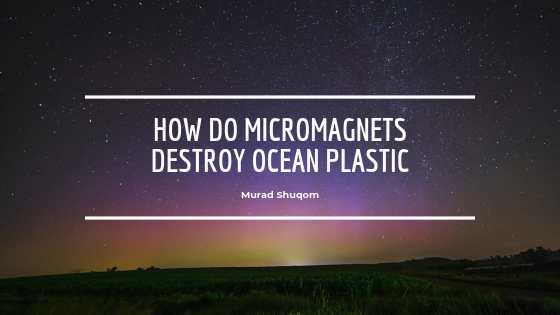Resource pollution is a global environmental issue that is affecting numerous resources, including water, air, and soil. Oceanic pollution is a significant concern as statistics show that about eight million pieces of plastic find their way into our oceans every day. Currently, there exist about 5.25 trillion pieces of plastic, weighing up to 300,000 tons, floating in the ocean. This has a major impact on the ocean ecosystem. These statistics should prompt us to incorporate the right measures to counteract the alarming microplastic pollution levels.
Thanks to research and development, scientists have been able to come up with technology that utilizes micromagnets to diminish oceanic plastic waste. The technology revolves around coating carbon nanotubes with nitrogen leading to the production of reactive oxygen species, which directly affect microplastic particles leading to expedited degradation.
The magnetic nanotubes can be constructed into a spring coiled shape to increase the surface area for interaction between the microplastic particles and nitrogen. Rolled out sometimes in July this year, the technology is in its research and development stages. Once completed, the concept will help scientists to come up with a product that can be introduced to our oceans, rivers, and seas to help contain plastic pollution problems.
According to laboratory prototypes that have already been tested and refined, scientists have estimated that the technology will help break down large plastic particles into by-products that can be easily contained. If scientists’ estimations are right, it is expected that the by-products can be utilized to feed ocean organisms, including algae. The chances of success for this technology are expected to be exponentially high as preliminary tests show that the idea can breakdown different kinds and sizes of microplastic particles available in the ocean.
With research still ongoing, researchers further revealed that testing regarding the applications of the reactive oxygen species and how the concept can be refined further is in the process. For example, it has been proposed that the reactive oxygen species can break down large plastic particles into microplastic molecules that are not only harmless but also dissolvable in water. Subsequent tests on the potency of such microplastic molecules show that fish and other oceanic animals can safely ingest them. The success demonstrated by laboratory tests, if replicable in real life, will greatly help to contain the growing concern on environmental pollution in our oceans.

